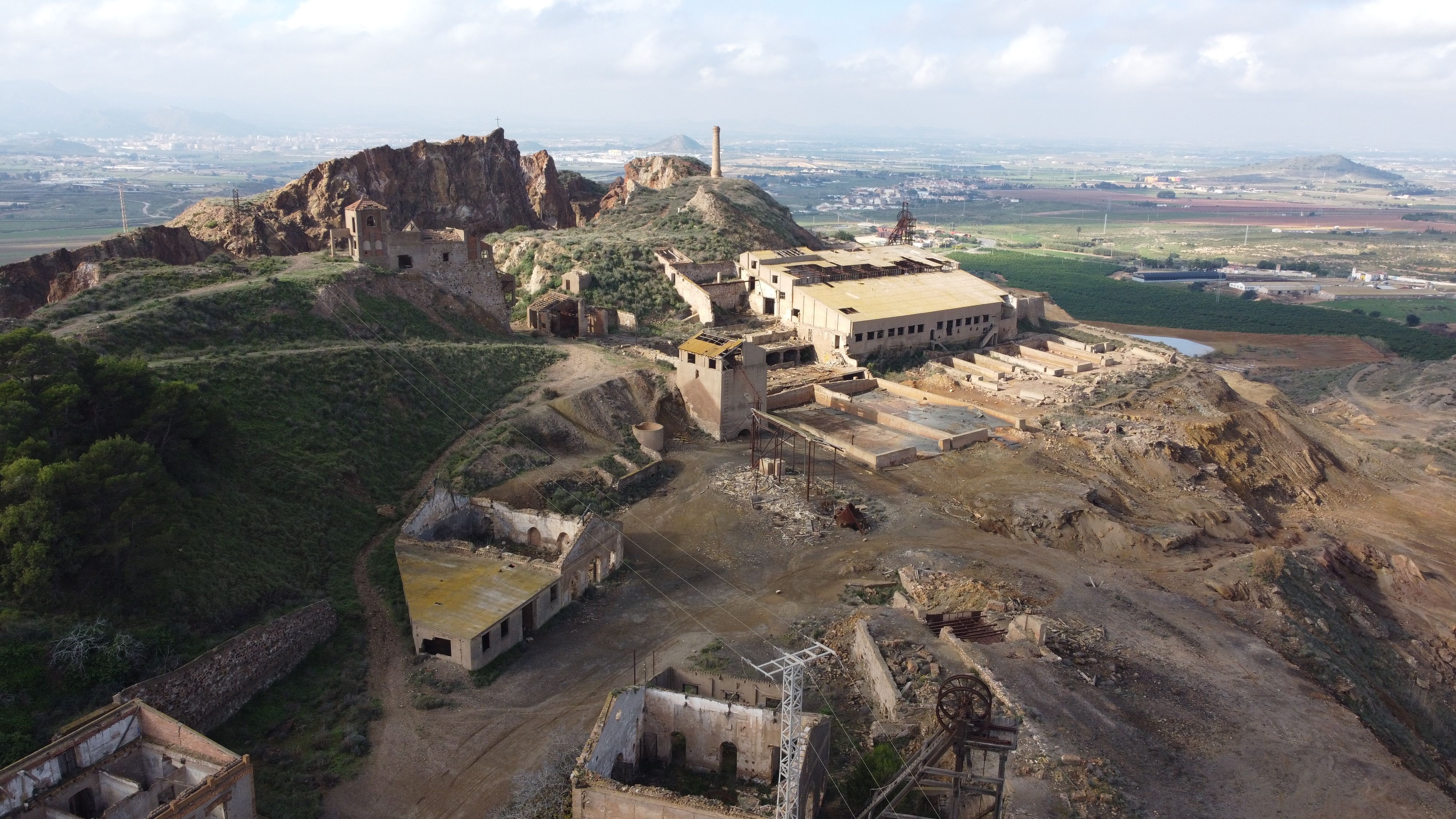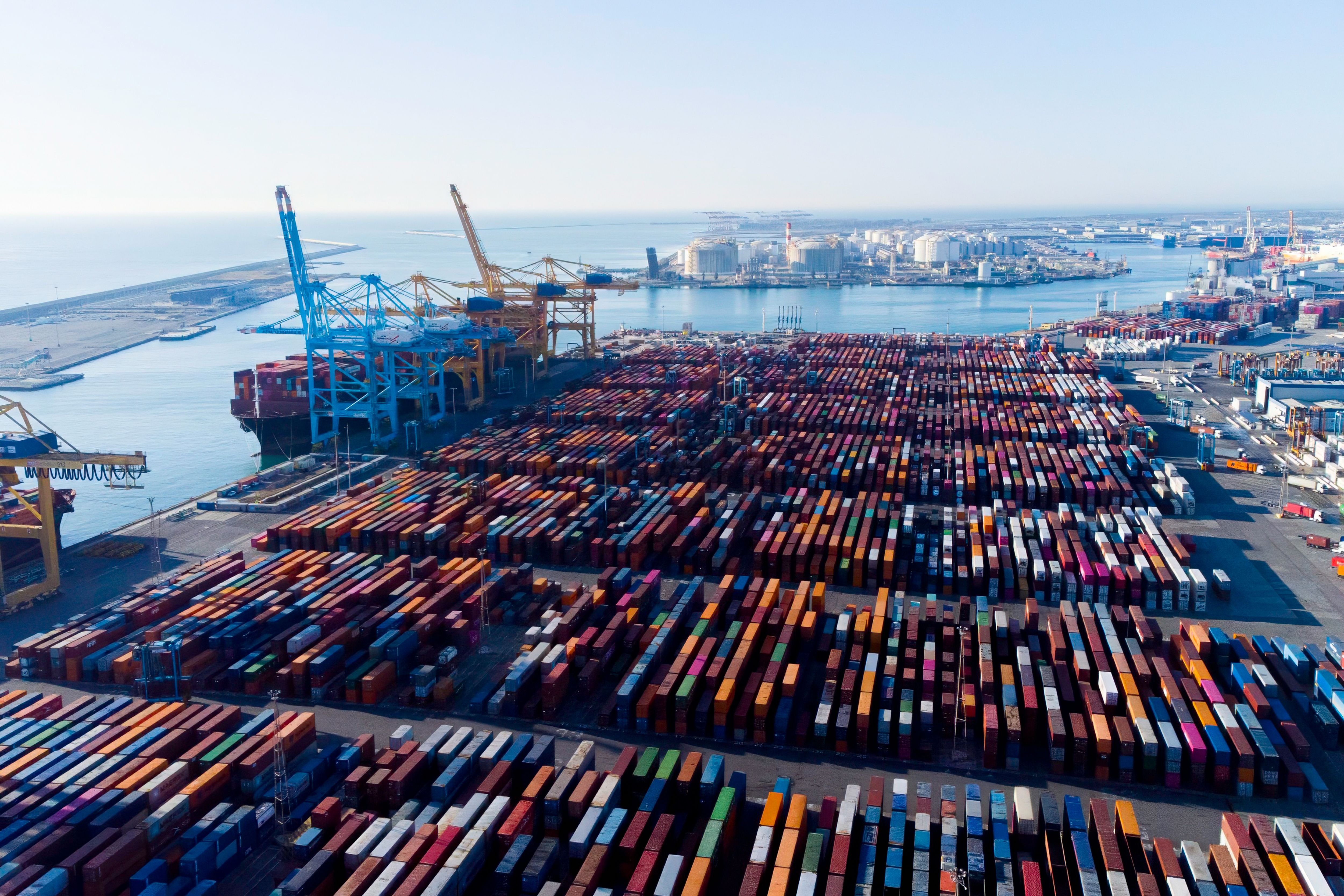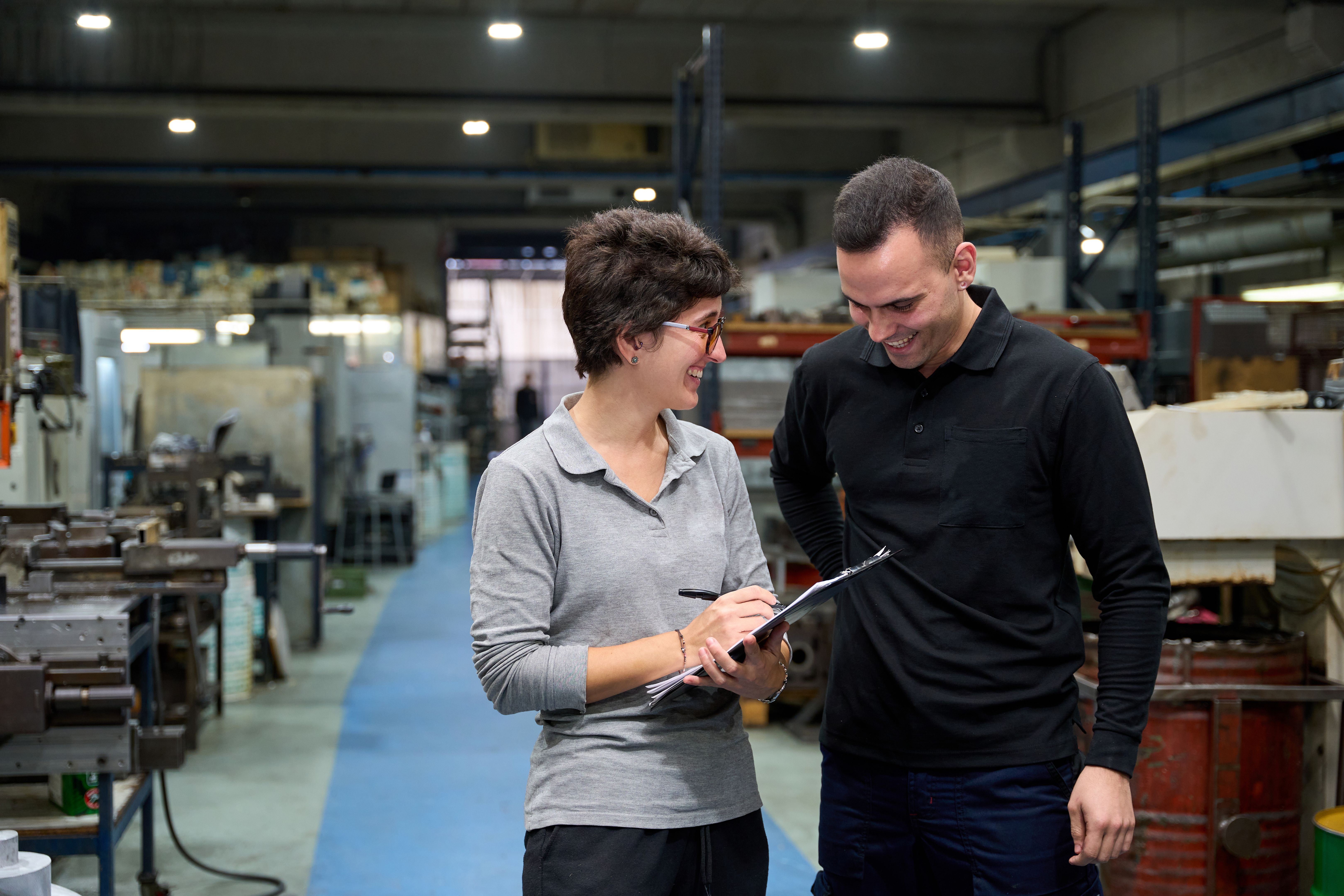Exploring the Landscape of Spain's Industrial Sector
RR
Introduction to Spain's Industrial Sector
Spain's industrial sector has long been a cornerstone of its economy, playing a pivotal role in the nation's development and international trade. From the bustling factories in Catalonia to the high-tech hubs in Madrid, Spain boasts a diverse industrial landscape that is both dynamic and innovative. This blog post delves into the key components of this sector, highlighting its growth, challenges, and future prospects.
The Historical Context
The roots of Spain's industrialization can be traced back to the 19th century, with significant growth occurring during the mid-20th century. During this time, the country experienced rapid industrialization, fueled by investments in infrastructure and manufacturing. Although the sector faced challenges during periods of economic downturn, it has continually adapted and evolved, becoming a vital part of Spain's economic framework.

Key Industrial Regions
Spain's industrial activities are concentrated in several key regions. Catalonia is known for its vibrant textile and automotive industries, while the Basque Country is a hub for machine tools and engineering. Madrid, being the capital, hosts a variety of high-tech industries, including aerospace and information technology. These regions contribute significantly to Spain's GDP and employment, underscoring their importance to the national economy.
Other notable regions include Valencia and Andalusia, which are recognized for their contributions to the food processing and renewable energy sectors, respectively. Together, these areas form a robust network that supports Spain's industrial growth and development.

Challenges Facing the Sector
Despite its successes, Spain's industrial sector faces several challenges. Global competition and technological advancements require continuous innovation and investment. Additionally, environmental concerns and regulatory changes demand more sustainable practices across industries. Addressing these challenges is crucial for maintaining competitiveness on the global stage.
Opportunities for Growth
Opportunities abound for Spain's industrial sector to thrive. The push towards digital transformation presents an avenue for growth, with many companies investing in Industry 4.0 technologies such as automation and artificial intelligence. Furthermore, Spain's commitment to renewable energy provides potential for expansion in sustainable industries.

The Role of Government Policies
Government policies play an essential role in shaping the industrial landscape. Initiatives aimed at fostering innovation, supporting small and medium enterprises (SMEs), and promoting exports have been instrumental in driving growth. Additionally, investments in education and skills development ensure that the workforce is equipped to meet future demands.
The Future Outlook
The future of Spain's industrial sector looks promising, with continued investments in research and development expected to yield new advancements. As global trends shift towards sustainability and digitalization, Spain is well-positioned to capitalize on these changes. The sector's adaptability and resilience will be key factors in its ongoing success.

Conclusion
In conclusion, Spain's industrial sector stands as a testament to the country's ability to innovate and adapt. With a rich history, diverse regional contributions, and a focus on future opportunities, the sector remains a vital component of Spain's economy. As it navigates challenges and embraces new trends, the industrial landscape of Spain is poised for continued growth and impact on the global stage.